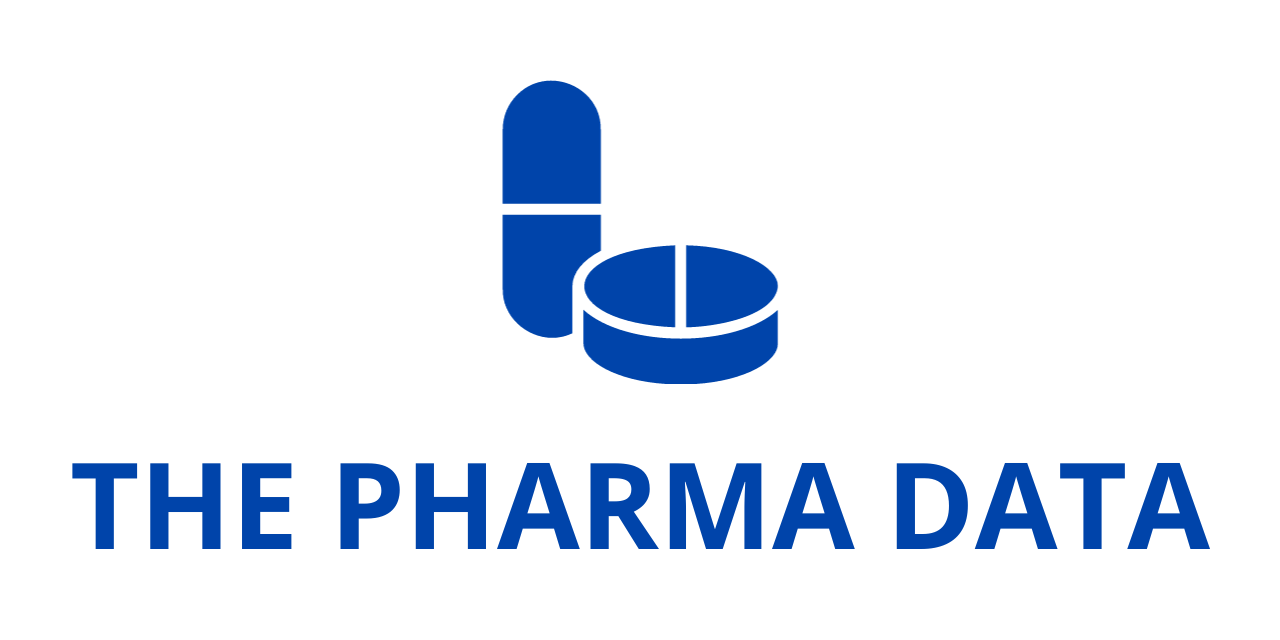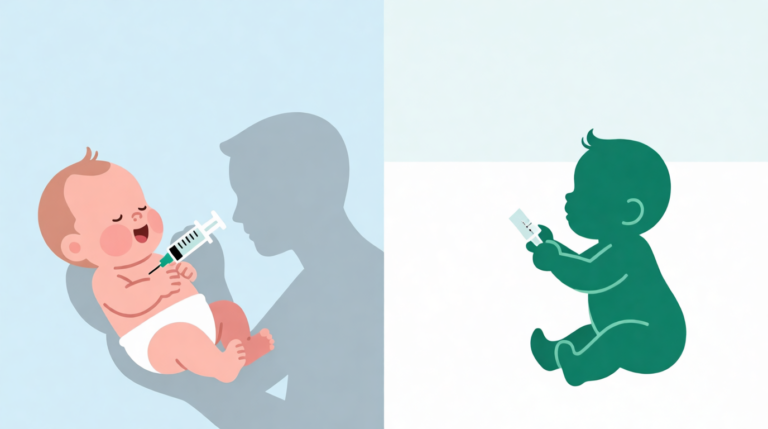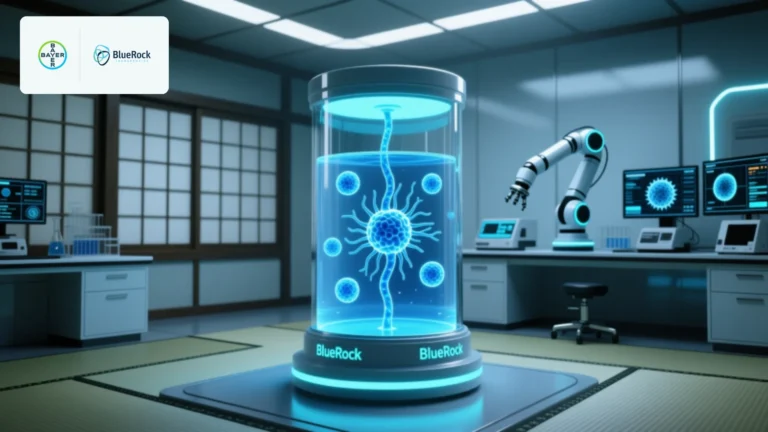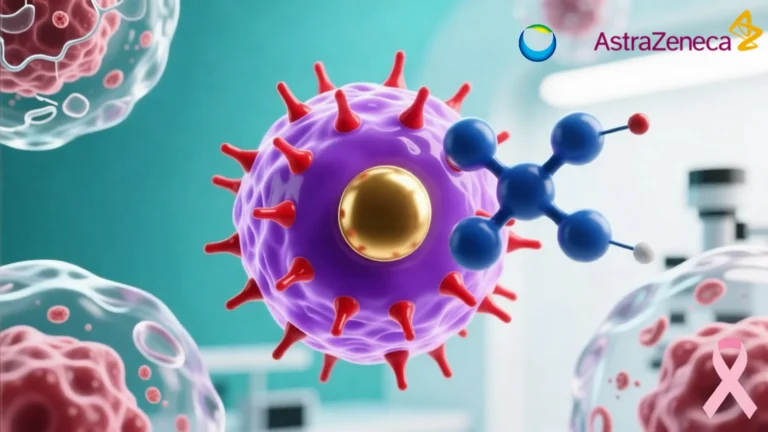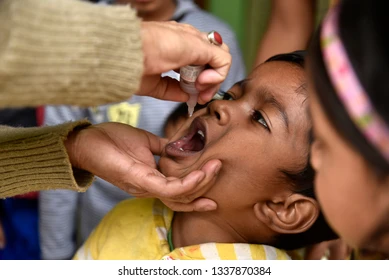
Second Round of Polio Vaccination Campaign in Gaza Completed Amid Ongoing Conflict: UNICEF and WHO
The second round of the polio vaccination campaign in the Gaza Strip concluded yesterday, with 556,774 children under the age of 10 receiving a second dose of the polio vaccine, and 448,425 children aged 2 to 10 also receiving vitamin A supplements. This marks the completion of the campaign, which was carried out in three phases over the past weeks.
According to administrative data, about 94% of the target population of 591,714 children under 10 received a second dose of nOPV2 across Gaza, a significant achievement given the challenging circumstances under which the campaign was carried out. Central and southern Gaza saw coverage rates of 103% and 91%, respectively, while northern Gaza, where access was restricted, reached approximately 88% coverage. Preliminary data indicate that 7,000 to 10,000 children in hard-to-reach areas like Jabalia, Beit Lahiya, and Beit Hanoun remain unvaccinated, leaving them vulnerable to polio. This increases the risk of further transmission of the virus in Gaza and surrounding regions.
This second round concludes the polio vaccination campaign that was launched in September 2024. The campaign was conducted in three phases across different regions of Gaza, supported by humanitarian pauses to allow for access. While the first two phases proceeded as planned, the third phase in northern Gaza was postponed on October 23 due to intense bombardments, mass displacements, and lack of secure humanitarian pauses.
Following a careful evaluation by a technical committee, including the Palestinian Ministry of Health, WHO, UNICEF, and UNRWA, the campaign resumed on November 2, but the areas under humanitarian pauses were reduced, with access limited to Gaza City. Over 150,000 people had been displaced from northern Gaza to Gaza City, making it possible to reach more children than initially expected.
Despite the numerous obstacles, the campaign in northern Gaza was completed, thanks to the dedication of health workers, the engagement of parents and communities, and the courage shown by all involved.
To stop the circulation of the poliovirus in Gaza, at least two doses of the vaccine and a minimum of 90% coverage in each community are required. Moving forward, efforts will focus on further boosting immunity through routine immunization services available at functional health facilities and strengthening disease surveillance to detect any new cases of poliovirus. Continued monitoring of the epidemiological situation will determine if additional response measures are needed.
WHO and UNICEF continue to call for a ceasefire to allow the implementation of full surveillance and routine immunization services for all vaccine-preventable diseases. This campaign highlights the importance of humanitarian pauses and stresses the need for these pauses to be applied to broader health and humanitarian interventions to address urgent needs in Gaza.
